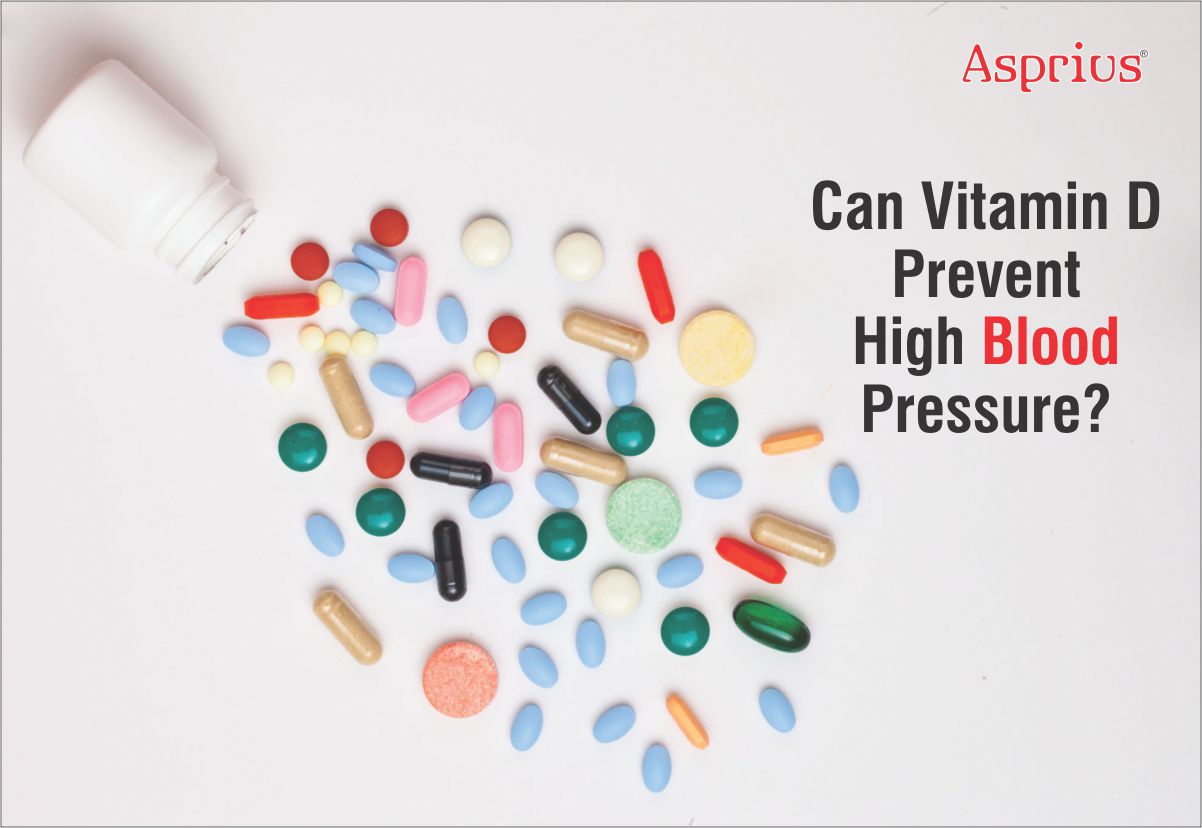
Dr. Sanjay Agrawal
Leading Pharmaceutical consultant and editor-in chief of IJMToday

Omega-3 fatty acids are polyunsaturated fatty acids (PUFAs) with a double bond at third carbon atom from the end of the carbon chain. The three types of omega-3 fatty acids involved in human physiology are α-linolenic acid (ALA) (found in plant oils), eicosapentaenoic acid (EPA), and docosahexaenoic acid (DHA) (both commonly found in fish oil that originally come from microalgae that is consumed by phytoplankton, a source of diet for fish). Omega-3 fatty acids play a critical role in metabolism and cellular function and are available as daily supplements.
Omega-3 fatty acids are considered essential as they are necessary for human health, but can’t be synthesised endogenously. So we depend on exogenous sources for it. Omega-3 fatty acids are found in fish, such as salmon, tuna, and halibut, other sea-foods including algae and krill, some plants, and nut oils. Also known as polyunsaturated fatty acids (PUFAs), omega-3 fatty acids play a crucial role in brain function, as well as normal growth and development. They are gaining popularity as they may reduce the risk of heart disease.
Research shows that omega-3 fatty acids reduce inflammation and may help lower risk of chronic diseases such as heart disease, cancer, and arthritis. Omega-3 fatty acids are highly concentrated in the brain and appear to be important for cognitive (brain memory and performance) and behavioral function. In fact, infants who do not get enough omega-3 fatty acids during gestation are at risk for developing vision and nerve disorders. Symptoms of omega-3 fatty acid deficiency include fatigue, poor memory, dry skin, heart problems, mood swings or depression, and poor circulation.
Omega-3 fatty acids broken down triglycerides into small small fatty acid units. They act to reduce plasma triglyceride levels however increase the cholesterol levels and are thought to possess potent anti-arrhythmic effects. Polyunsaturated fatty acids including eicosapentaenoic and docosahexaenoic acid mediate important cellular function such as inhibition of platelet function, prolongation of bleeding time, anti-inflammatory effects and reduction of plasma fibrinogen. Polyunsaturated fatty acids are components of the phospholipids that form the structures of the cell membranes and also serve as energy source. They form eicosanoids which are important signalling molecules with wide-ranging functions in the body’s cardiovascular, pulmonary, immune and endocrine systems. DHA tends to exist in high concentrations in the retina, brain (via uptake by Mfsd2a as a transporter), and sperm.
Omega-3 fatty acids mediate anti-inflammatory effects and increased levels of EPA or DHA has shown to decrease the levels of PGE2 and 4 series-LT. Eicosapentaenoic acids compete with constitutive levels of arachidonic acid in cell membranes for the same desaturation enzymes and produce 3-series prostaglandins and thromboxanes, and 5-series leukotrienes which have low pro-inflammatory potential. The alteration in leukotriene biosynthesis due to higher concentration of omega-3 fatty acids compared to arachidonic acid underlies the anti-inflammatory effects. EPA and DHA also give rise to resolvins and related lipid signalling molecules such as protectins via cyclooxygenase and lipoxygenase pathways, which have anti-inflammatory effects. They inhibit transendothelial migration of neutrophils and inhibit TNF and IL-1β production. Omega-3 fatty acids also decrease adhesion molecule expression on leukocytes and on endothelial cells and decrease intercellular adhesive interactions. Omega-3 (or n-3) polyunsaturated fatty acids (PUFAs) and their metabolites are natural ligands for peroxisome proliferator-activated receptor (PPAR) gamma that regulates inflammatory gene expression and NFκB activation. PPAR alpha activation is also associated with induction of COX-2 expression. The role of EPA and DHA in reducing triglyceride levels include inhibition of acyl-CoA:1,2-diacylglycerol acyltransferase, increased mitochondrial and peroxisomal-beta-oxidation in the liver, decreased lipogenesis in the liver, and increased plasma lipoprotein lipase activity. They also may reduce triglyceride synthesis because they are poor substrates for the enzymes responsible for TG synthesis, and EPA and DHA inhibit esterification of other fatty acids.
ALA, DHA and EPA are metabolized and oxidized in the liver, which is the site of biosynthesis of n-3 fatty acid intermediates, synthesizing VLDL that transport fatty acids in the plasma to tissues. Major enzymes that generate lipid signalling molecules from EPA, DHA and ALA are lipoxygenases and cyclooxygenase.
After ingestion, dietary lipids are hydrolyzed in the intestinal lumen. The hydrolysis products—monoglycerides and free fatty acids—are then incorporated into bile-salt– containing micelles and absorbed into enterocytes, largely by passive diffusion. The absorption rate is about 95%. Within intestinal cells, free fatty acids are primarily incorporated into chylomicrons and enter the circulation via the lymphatic system where they are delivered to various tissues for metabolism, oxidation and storage.
Very Useful in following indications
1) High cholesterol
2) High blood pressure
3) Heart disease
4) Diabetes
5) Rheumatoid arthritis
6) Systemic lupus erythematosus (SLE)
7) Osteoporosis
8) Depression
9) Bipolar disorder
10) Schizophrenia
11) Attention deficit/hyperactivity disorder (ADHD)
12) Cognitive decline
13) Skin disorders
14) Inflammatory bowel disease (IBD)
15) Asthma
16) Macular degeneration
17) Menstrual pain
18) Colon cancer
19) Breast cancer
20) Prostate cancer
Public Health Recommendations
WHO Foods recommendations based on the research studies that we have reviewed.
Summary of Omega-3 Reccomendations
- Total omega-3 fats: at least 2.4 grams per day
- EPA+DHA included within your total omega-3s: 400-500 milligrams per day




